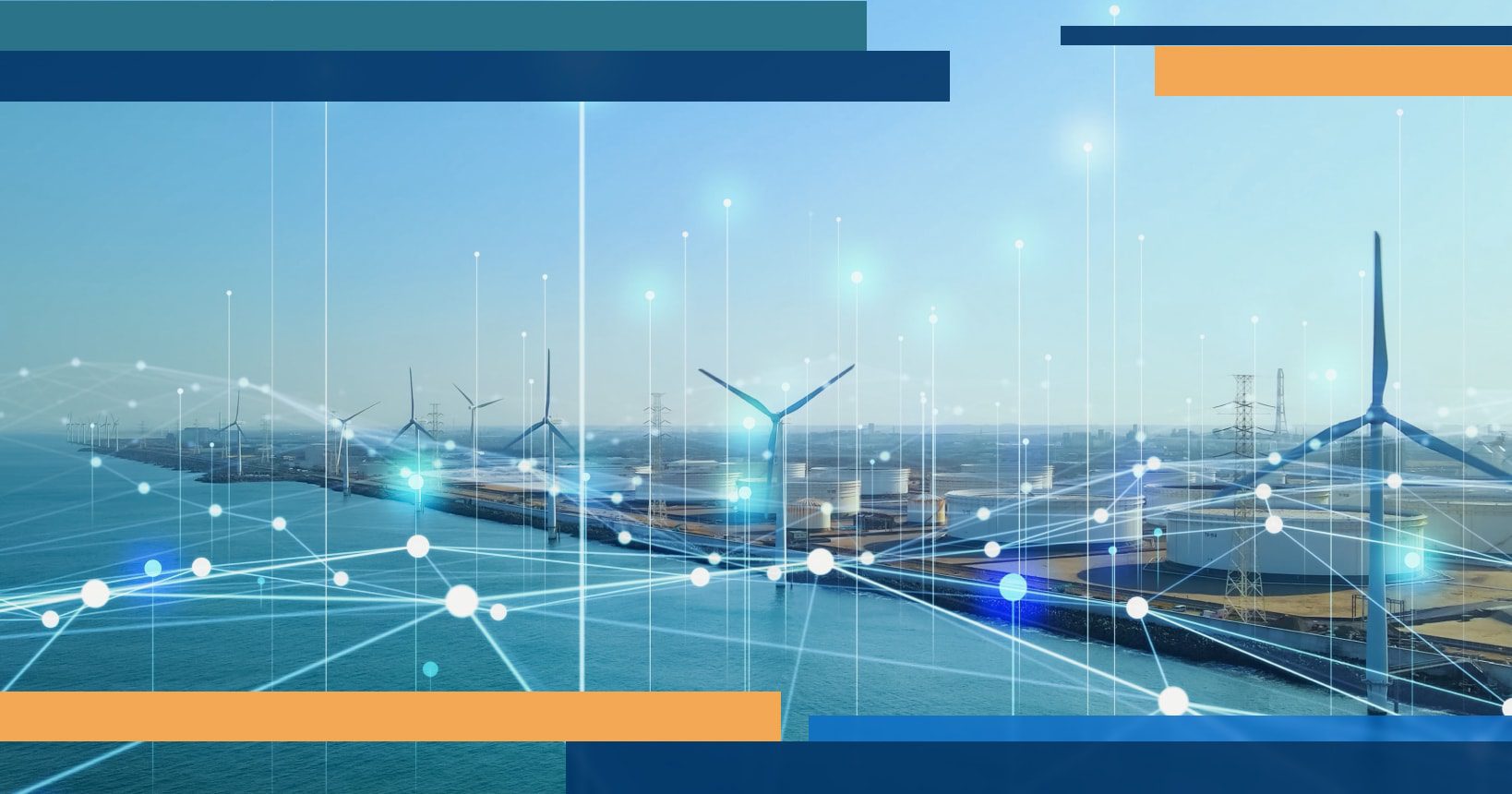The world is in the middle of a climate crisis, and it is clear that we need to make massive changes in the energy sector. Unsurprisingly, the energy industry is the most polluting industry out there – it contributes to almost 30 % of greenhouse gasses.
Digital technologies play a crucial part in the transition towards a low-carbon system. Digitalizing the energy sector will help us lower our carbon footprint and increase the use of renewable sources. It can provide the tools and mechanisms for optimizing energy efficiency and accelerating the sharing economy.
Drivers of digitalization
Transitioning to more sustainable energy solutions is much easier when your business is already digitalized. Thanks to digitalization, companies can do things that weren´t even possible in the past.
Several things drive the digital transformation in the energy sector, but the most important ones are:
Big data
Nowadays, we are seeing an explosion of data. In 2018, the IDC reported that there is 33 Zettabytes in the world, and they expected it to grow to 175 ZB by 2025. Thanks to these large data volumes, access to information is easier, and algorithms are getting smarter. All of this is transforming the way the energy industry functions. Physical assets used in the energy sector, such as wind turbines or refineries, each generate thousands of measurements per minute. That is a lot of data!
Internet of things
Optimization of energy consumption is one of the key enablers of the transition to using sustainable energy. Thanks to digitalization, many organizations use modern technologies such as the Internet of Things (IoT) to optimize energy use, and reduce their carbon footprint.
Artificial intelligence (AI)
Companies often use AI together with IoT to track their energy consumption and collect, monitor, and analyze data about their consumption and emissions. AI then uses the collected data to adjust their energy efficiency, achieve greater sustainability and in turn, reduce their carbon footprint.
What are the challenges?
Although all of the things we mentioned earlier help us to move forward, we shouldn´t forget about the numerous challenges digitalization brings.
Safety
Catastrophic events such as nuclear power plant accidents or natural disasters can cripple entire segments of the power transmission network. That has far-reaching effects on the environment and our whole society.
Thanks to digitalization, nowadays, we can prevent many catastrophes across the entire power grid. Technologies help us harvest and analyze data and predict risks early. However, to function properly, systems used in the energy sector must be regularly upgraded and known vulnerabilities within them eliminated. Ensuring the systems are compatible with the newest technologies is the key to keeping them safe.
Suitable infrastructure
In many countries, the aging power grid presents a challenge in itself. Materials used when building it are becoming obsolete. They need frequent maintenance and upgrades to keep up with the newest standards and be able to face severe weather conditions. Similarly, old internet cables cannot secure the same speed as current optic cables, and fast internet is a necessity when processing large data volumes.
Even the smallest infrastructure failure can cause the whole system to crash and lead to massive blackouts. That is why regular maintenance, including preventive maintenance is absolutely crucial.
Cyber security
The energy industry has become crucial for our functioning as a society – it powers cities, transport, factories, hospitals, etc. When the power grid was built, cyberattacks didn´t exist, and that´s why it can be vulnerable to these attacks. It needs to be protected against them. Cyber attacks are also becoming increasingly complex. When aimed at the energy sector, they can be highly damaging as they can trigger blackouts with very severe consequences for the economy.
Again, the best way to fight this is to keep the systems up to date so that they adhere to the current security standards.
Sustainability
The aim of the digital transition is to be able to use sustainable energy sources. However, the digitalization itself should also be sustainable. The rise of electric cars, non-utility solar energy, or innovations in battery storage are all things that contribute to the emergence of a new digital marketplace. Technologies such as the cloud or AI help reduce the overall environmental footprint by reducing paper use and optimizing energy use.
However, we must not forget that digitalization also has its footprint. Computers, servers and other electronic devices need a lot of natural resources to function. They are also becoming obsolete quickly and generating e-waste due to their low recycling percentage. That is something the energy industry will have to take into account when digitalizing its processes.
Tackle the challenges with Resco Field Service 2.0 for Dynamics 365
As you can see, the key to tackling the challenges we mentioned is keeping the technology up to date and not forgetting about maintenance.
Mobile solutions such as Resco Field Service 2.0 will allow you to see real-time data and evaluate it. You can also create digital checklists and reports that you can use in the field and fill out when completing an inspection or plan work orders for your technicians.
Discover all the benefits the solution offers and book a free demo today!






